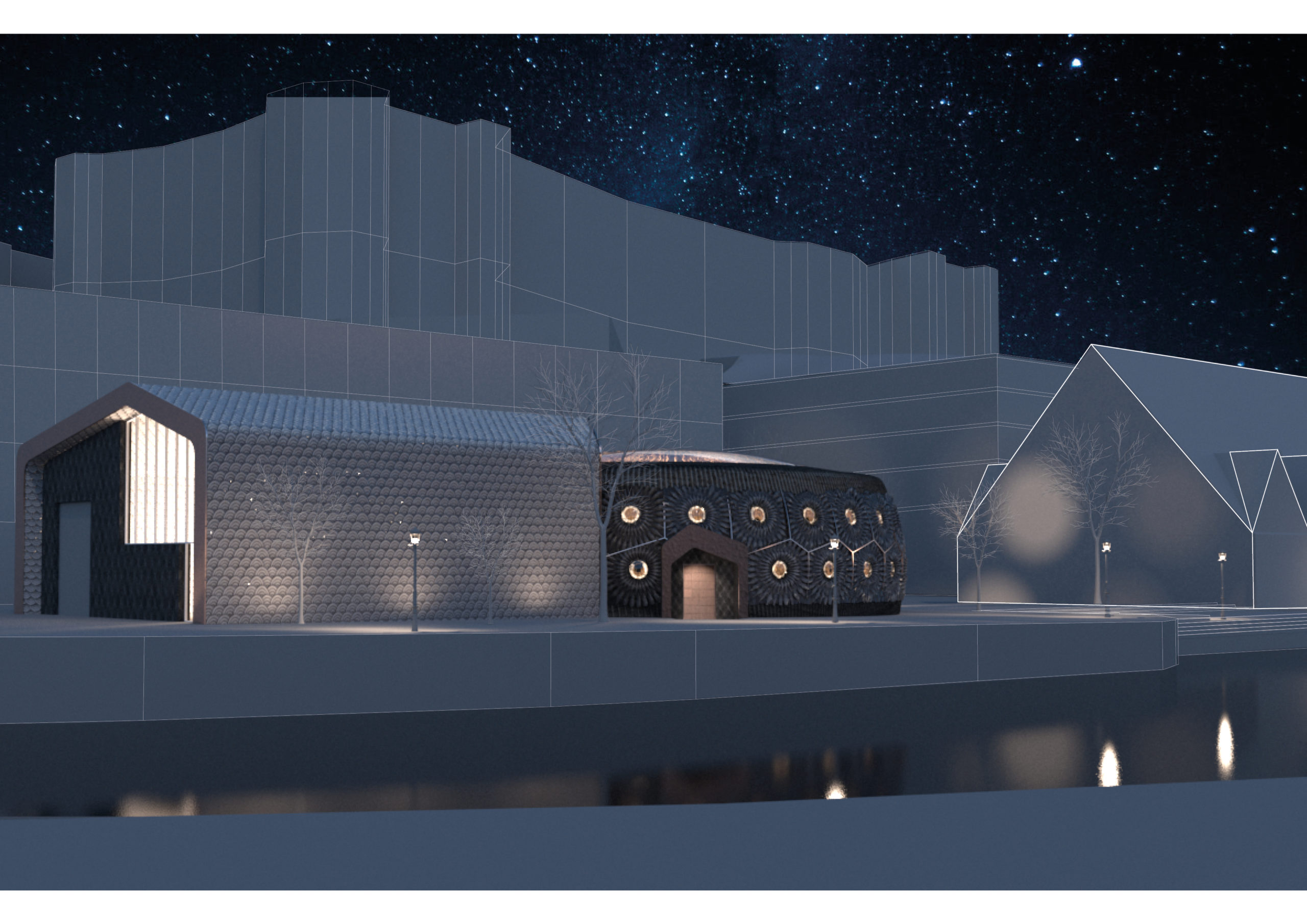Meeting and Eating Narratives
”There are three things that cannot be tampered with in Italy: football, the pope and grandmother’s recipes. Nevertheless, in the kitchens of Osteria Francescana we pry, poke and question the authority of our culinary traditions. We take a step back, then come in closer, and make inquiries about texture, flavor and form. We see ingredients and recipes at a distance and through the magnifying glass, we throw out the recipe and start from scratch. Most important of all, we never stop questioning.”
Massimo Bottura
Architecture and cooking have similar origins from gatherings around the hearth. Here two of our most basic needs, food and shelter, get satisfied. Home, to this day, is still usually our most precious architecture as well as the place where we share most of our meals with our families. The modern hearth, the kitchen and the dining table in our homes, is a powerful narrative that has some part in most peoples lives. A restaurant is a dining table in the public. The public is not our core family tribe, but it belongs to the dwelling of humans in a broader sense, communal, urban or at even larger scales. Eating normally takes place at the center of our homes but when we eat at a restaurant we eat in public. Eating is a social act and just as eating together with your family at home is important for family bonds, experiencing that act in public can help strengthen the sense of belonging to a tribe larger than that of the core family.
Traditions in restaurant architecture are many times linked to kitchen traditions. A sushi restaurant does not look the same as an Italian restaurant. This assumption is based on associations with the origin of the cuisine and traditions in cooking, agriculture or other food production, and architecture of that region.
A chef that has taken the concept of food as an experience to heart is the founder of elBulli, Ferran Adria. He made the argument, that a dish is a conversation between the chef and the guest, where the chef`s knowledge of food, traditions and culture is condensed and told in a narrative that is a dish (Lopez, 2011). At elBulli new foods and dishes were designed in an iterative design process very similar to a design process within architecture. New techniques and methods developed at elBulli have had an enormous impact on the contemporary development of cuisines all over the world. Massimo Bottura, the chef of Osteria Francescana, also talks about traditions in cooking, he refers to it as playing with traditions or evolution in traditions (Bottura, 2014). His methods also involve dissecting dishes or ingredients to flavors and textures that can be recomposed into reinterpretations of cooking traditions. This concept, which is present in all kitchens that develops cooking, is the inspiration for the method developed within this thesis.
These narratives, of the hearth as the center of home and communities or aspects of them, are picked up as reference narratives in the presented restaurant design.

The design testbed is a restaurant building visualized in detail at a few key points at varying scales. The site for the restaurant is located on a parking lot next to Feskekörka in central Gothenburg. The site was chosen for its central urban location, size and scale of surrounding buildings and spaces.
